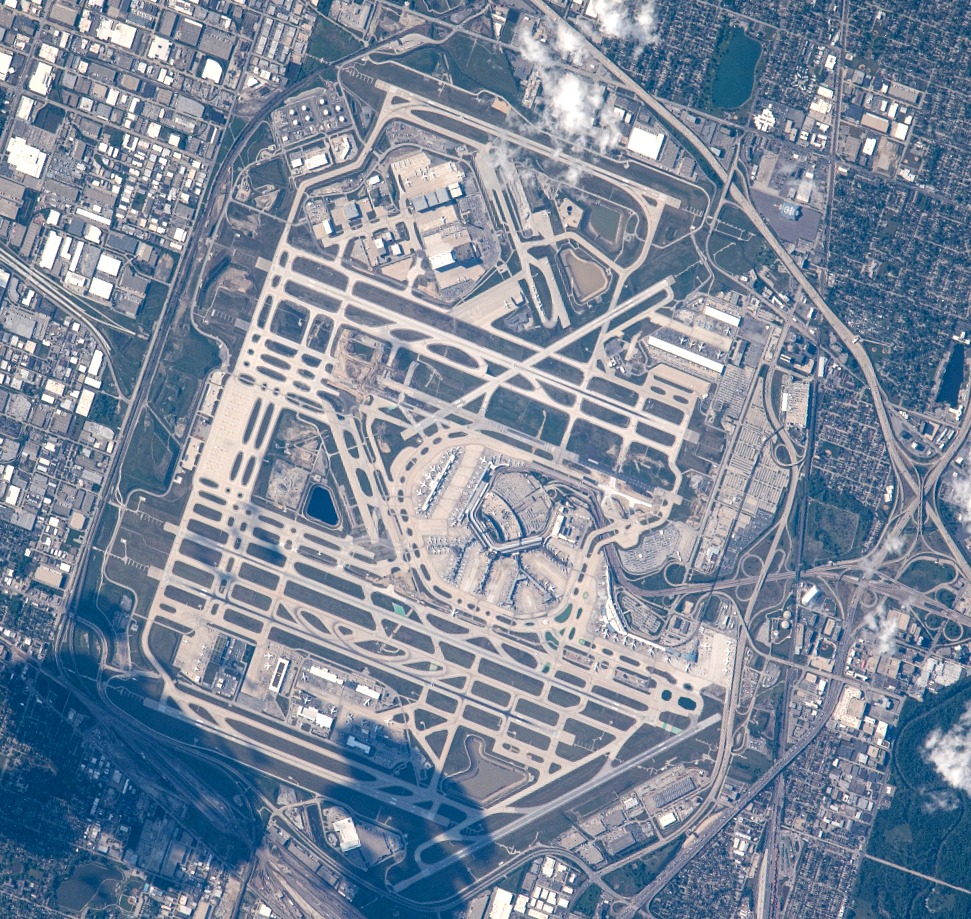O’Hare in Chicago
O’Hare, a community area located on the far north side of Chicago, is a thriving transportation hub and a key contributor to Chicago’s economy. It is the only community area that extends beyond Cook County, with a fraction of it stretching into DuPage County. Being the home to O’Hare International Airport, one of the busiest airports globally, O’Hare community area plays a significant role in connecting Chicago with the rest of the world.
Historical Overview
The historical journey of O’Hare, Chicago’s 76th community area, is quite fascinating. It dates back to the mid-19th century when the area was barely populated. The 1829 Treaty of Prairie du Chien granted two square miles of land in what is now the O’Hare community area to Alexander Robinson, a Scottish-Ottawa interpreter, for his heroic act of protecting white settlers during the Battle of Fort Dearborn.
Early Settlements
In the early 1840s, a handful of families set up their homes along what would later become Higgins Road. Simultaneously, German immigrants established a foothold in the southwest portion of the area, founding a church and St. Johannes Cemetery in 1849.
The northeastern section of the current O’Hare community area was an unincorporated region known as Orchard Place. Named after the Wisconsin Central Railroad depot opened in 1887, the area saw sparse settlement despite having a railroad connection.
Transformation During and After WWII
The onset of the Second World War brought dramatic changes to the area. In 1942, Douglas Aircraft took over Orchard Place to manufacture cargo planes. After the war, the facility transitioned into a commercial airport, which the Chicago City Council selected as the site for the city’s new international airport in 1947. The airport was named after the aviator Edward H. “Butch” O’Hare.
To consolidate control over the airport area, the city of Chicago annexed it in March 1956. This annexation included the western edge in DuPage County. To ensure legal incorporation, the city council also annexed a narrow stretch of Higgins Road to connect the main body of the city with the airport.
Economic Landscape
The O’Hare area is home to several prominent corporations, including Bally Total Fitness, Independent Grocers Alliance, Lafarge North America, True Value, and U.S. Cellular. The Consulate-General of the Dominican Republic, responsible for facilitating trade between the Dominican Republic and the United States, also has its office here.
The proximity to the airport has led to a significant increase in land values in the vicinity, leading to the development of an array of office towers along the expressway. High-rise apartment buildings and a few small tracts of single-family houses and condominiums have also sprung up, primarily occupied by employees of the airport and airlines.
Notable Residents
O’Hare has been home to several notable individuals, including Joseph Grendys, the chairman, president, CEO, and owner of Koch Foods. Joseph Miedzianowski, a former Chicago police officer convicted of running a narcotics trafficking ring, also lived here.
Transportation
The O’Hare community area boasts robust transportation infrastructure centered around the airport. The O’Hare Transfer station on the Metra’s North Central Service and the Blue Line connecting the airport to downtown are key transit points. The Schorsch Forest View neighborhood’s Cumberland Avenue station and the nearby Rosemont-River Road station also provide accessibility to those not directly going to or coming from the airport.
Education
O’Hare falls under the jurisdiction of the City of Chicago School District #299 and City Colleges of Chicago District #508. The zoned K-8 school is Everett McKinley Dirksen School, and William Howard Taft High School serves as the high school. The nearest City Colleges campus is Wilbur Wright College in the neighboring Dunning. The community also houses a DePaul University satellite campus.
O’Hare, with its rich history, diverse population, robust economy, and excellent connectivity, is truly a gem of Chicago. Its transformation from a thinly populated area to a bustling transportation hub and corporate center is nothing short of remarkable. Packed with amenities and opportunities, it continues to be a vital part of Chicago’s progress and prosperity.


